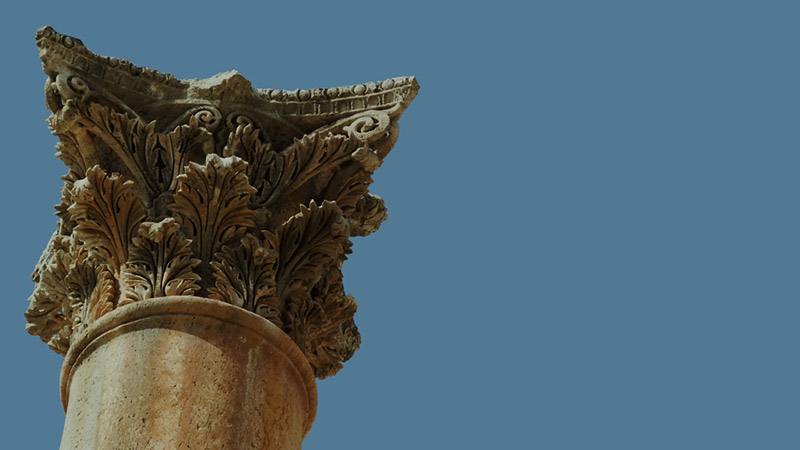More Results
Showing 12 of 15
Articles

How to Tell a Tel
Israel is a land of hills and mountains. In fact, the first-time visitor to the country often is amazed at how little flat land there is. After several days, most travelers will notice that Israel is dotted with a certain kind of hill, one that is...
MORE
Not on Bread Alone
Not on Bread AloneIsrael is mostly rugged desert. The variety of Hebrew words for desert or wilderness indicates the significant role the landscape played in biblical history and imagery. For the Hebrews, the desert was far more formative than the...
MORE
Province of Asia Minor
The Province of Asia MinorThe remains of the towns and villages of Galilee give evidence to the simple lifestyle of the Jewish people of the first century. Few were wealthy but most were hardworking people living comfortable lives as extended fami...
MORE
Shephelah
ShephelahThe Hebrew Bible mentions the Shephelah several times. This word, meaning "low," is usually translated "lowlands" or "foothills." The term refers to a 12- to 15-mile-wide region in Judea. Though the Israelite...
MOREEncyclopedia

Diagram of a Tel
By cutting through the layers of civilization and examining the artifacts, structures, and even human remains, archaeologists can reconstruct the lifestyle of a community. Pottery styles change over time, and since pottery is virtually imperishabl...
MORE
Herod the Builder
The Works of a Master BuilderHerod the Great's visionary building programs, ingenious development of trade with other countries, and advancement of his nation's interests were remarkable. He used his magnificent building projects to strengthen his...
MORE
Negev
The southern part of Israel is called the Negev. It is a "tame" desert, with occasional rain in some area, and some land that is valuable for livestock and certain crops.The arid Negev (Negev means "dry") lies south of the Hebr...
MORE
Qumran
Qumran served as a study site for the Essenes, a Jewish sect existing in Jesus' day. Located at the edge of the Judea Wilderness, Qumran was an isolated community. The Essenes could live out their beliefs in separation from other religious groups ...
MORE
Roman Columns at Beth Shean
Huge marble columns lie where they fell when an earthquake devastated Beth Shean in AD 749. Note the depth of soil that has covered the remains of the last major settlement on this site.
MORE
The Entrance to the Water Shaft on Tel Megiddo
The water source for Megiddo was a spring at the base of the hill on which this strategic city was built. From its early history through the time of Solomon, the people reached the water by walking through a small postern gate and into a gallery (...
MOREGlossary

Qumran Definition
A small community near the northern end of the Dead Sea, inhabited from 130 BC to AD 70, probably by the Essenes. The Dead Sea Scrolls were found near this settlement.
MORE
Tel Definition
Large mound or hill composed of layers of debris from several different periods of settlement.'
MORE

















